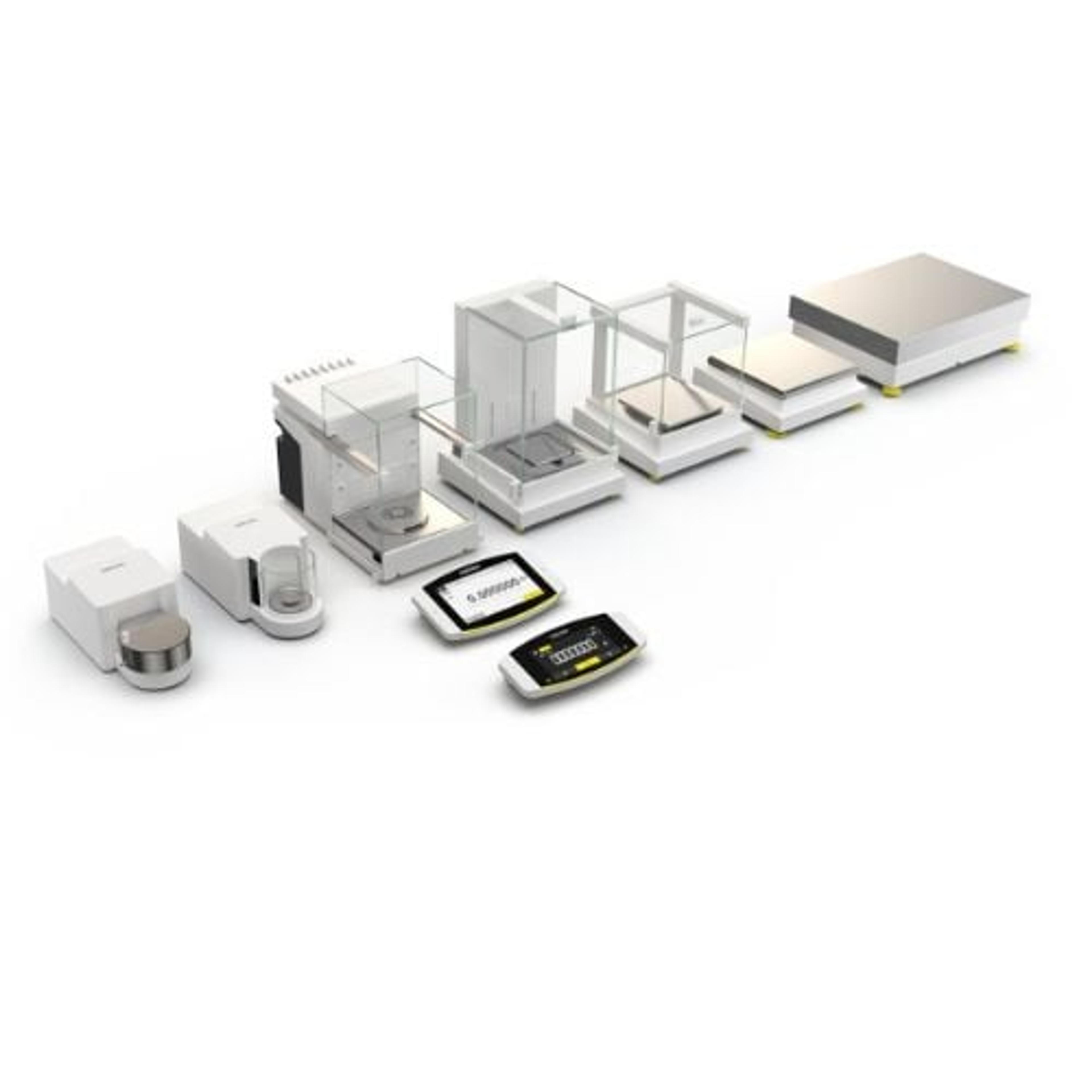The story behind a game-changing collaboration in accurate titration
Bjorn Christensen reveals how Metrohm and Sartorius teamed up to create a simple, secure and fully integrated titration system
10 Dec 2020
In this article, we speak with Björn Christensen, Head of Product Group Software/Workflow/Platform at Metrohm AG, to learn how his team set out to create the complete titration system by seamlessly integrating the high-performance Cubis II balance into Metrohm’s OMNIS analytical platform. Here, Christensen describes the benefits of developing a simple, easy-to-use fully integrated system that complies with the highest data integrity regulations and looks forward to a future of ever-increasing collaboration.

What are the overall goals for the team you lead at Metrohm?
I am head of the competence center for software, workflow and platforms (SWP), which also involves collaboration with other companies. I am working on the newest Metrohm system, the OMNIS platform, which brings together all of Metrohm’s analytical techniques into one software platform, one hardware platform, and one embedded software platform, which can all interact with each other.
How do Metrohm and Sartorius work together?
Sartorius does not have a software platform because they must be able to integrate into any kind of system, and at Metrohm we do not have physical parameters. For example, we measure pH or do a titration, we do ion chromatography and spectroscopy and so on and process analytics, but we do not deal with physical parameters like mass. These physical parameters are important to us.
It’s not just an add-on — it’s a full integration.
How does the Cubis II integrate with OMNIS analysis software?
At Metrohm, titration is the largest part of our business. And in order to do a titration, first, you need a sample size. If you have liquid samples, we can offer any solution you need. However, most of the time, you deal with solids as powders which you have to weigh in. So, weighing is an important parameter. Up to now, we had general possibilities to connect the balance, for instance, RS232. Here, the process starts to become tricky, especially when the environment which has to be compliant cannot guarantee an accurate balance. So, data integrity and encryption rely totally on the cable that is directly plugged to your system.
The OMNIS platform has integrated software, multiple instruments and technologies, but it does not have an integrated balance, hence the need for one. We therefore wanted to have a complete integration of the Sartorius balance into our system, and that is what we have achieved. In theory, the Cubis II balance from Sartorius acts as if it was a fully fledged Metrohm OMNIS device when used with the QApp, an app that runs directly on the balance.
How do the OMNIS platform, Cubis II, and QApp work together?
Once you open the QApp and successfully have the OMNIS set up, you have the option to work under full compliance hand in hand with the OMNIS Software. This will show you all the OMNIS clients available and you decide which client you would like to connect and, when the client accepts authentication, the user management from the OMNIS system is mirrored onto the QApp. Then, you log in on the balance screen with the credentials from OMNIS.
The QApp on the balance directly communicates with our OMNIS system. The communication is both encrypted and secure and has a functionality that recognizes normal devices from Metrohm or OMNIS. When connected to the same network, we can reserve the devices via drag and drop and all the data is available.
We have implemented three workflows, including weighing subsamples, weighing by request and weighing your substances to transfer data using the OMNIS Software. Specifically, the weighing in or weighing out of a sample or even a complete sample series can be edited directly from the balance, without the need to start OMNIS. Tolerance limits regarding sample weights can then be graphically represented on the display of the balance and if there are several OMNIS clients within the same network, they can even share the same Cubis II balance.
What are the benefits of the integration of these platforms?
One benefit is that it keeps the measuring unit consistent. If you weigh in milligrams, then the balance knows it has to show milligrams. If you change the balance, OMNIS recognizes this and transfers the measurement into the correct one to optimize the workflow and ensure compliance is met. In terms of other benefits, sample lists from OMNIS are displayed directly on the balance and can be edited from the balance terminal. Importantly, request or back-weighing can also be carried out directly on the operating terminal of the balance. The balance supports the weighing process specified by OMNIS in a graphical manner by displaying the corresponding input limits or by specifying the correct weighing unit through OMNIS. The balance can also be completely remote-controlled by OMNIS for other processes.
What are the challenges that your customers are facing and how does this integration help overcome them?
One of the challenges our customers face is that some of the technologies are difficult to use. But one of the best things about the integration of these technologies into one working platform is that this technology is straightforward and easy to use, no matter what your level of experience is.
Another challenge this technology helps to overcome is in keeping up with the ever-increasing regulations set by governing bodies, such as the FDA. This fully integrated, encrypted, secure platform doesn’t allow values to be changed without being recorded. The process is monitored in the software and stored in an audit trail. Everything is controlled by the balance and this metadata is transferred over to our OMNIS system. When integrated with a local network, encryption of any data exchanged ensures that the highest standards of data integrity and security are met at all times.
How does this system meet data integrity standards?
For compliance and data integrity reasons, all the weighing information is stored in OMNIS, so that you do not need an audit trail from the balance anymore.
If you are working with other systems with the balance then, of course, you need the audit trail from the balance. With the integration, you have one audit trail in OMNIS where you can find everything, where you can search, inspect, and compare data; where you can look at it; and all this information is available in OMNIS.
What are the key standout features of the system?
We have three main key features. We have an ergonomic workflow integration. We have a central administration, so this means the whole administration is done in OMNIS and not on the balance. We have the highest standards in terms of data security and data integrity. Its flexibility makes it easy to map all kinds of customer processes in OMNIS and the balance can even be shared to several OMNIS installations.
Where do you think the future developments in your area will be?
I think we will develop better workflows and systems with better functionality. This is something we, Metrohm and Sartorius, will work towards. These improvements will happen in response to customer feedback. We will improve the QApp on the balance and the software to make it even better than it is now. I believe that large companies will collaborate to make more integrated systems.


